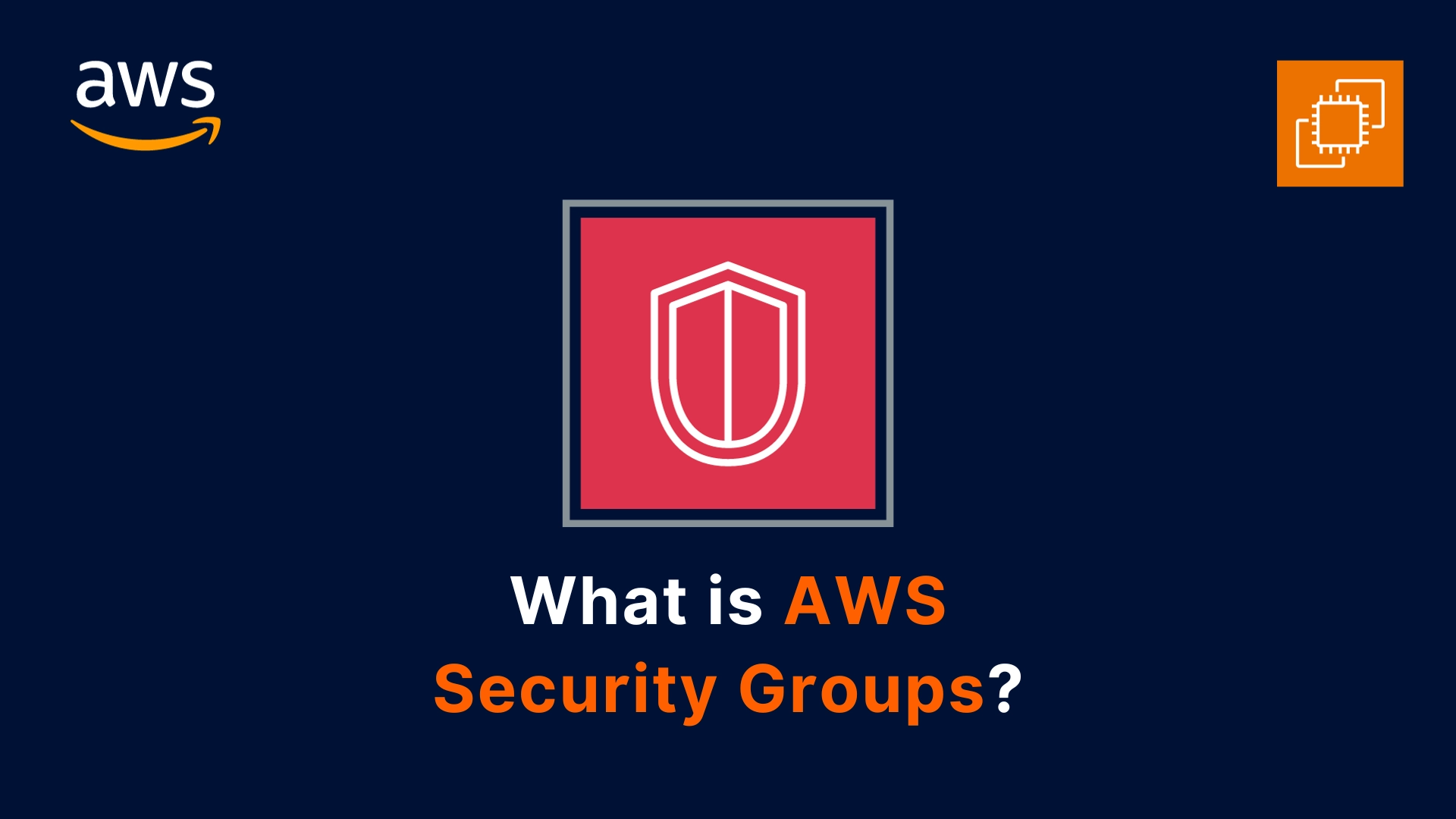AWS Security Groups are one of the key features of AWS that allow you to control the traffic to and from your instances. They act as virtual firewalls that filter the incoming and outgoing packets based on a set of rules that you define.
In this blog post, I will explain what AWS Security Groups are, how they work, and how to use them effectively.
Types of Security Groups in AWS
There are two types of security groups in AWS: EC2 Security Groups and VPC Security Groups. EC2 security groups are associated with EC2 instances and provide security at the protocol and port access level.
VPC security groups are associated with network interfaces and provide security at the subnet level. You can use both types of security groups together to create a layered security architecture for your AWS resources.
How Many Types of Security Groups in AWS?
You can create up to 500 security groups per VPC and up to 50 security groups per network interface.
You can also assign up to 5 security groups to each EC2 instance or network interface. Each security group can have up to 60 inbound and 60 outbound rules.
Inbound and Outbound Rules in AWS
Inbound and Outbound rules are the core components of AWS Security Groups. They specify the source, destination, protocol, and port range for the traffic that is allowed or denied by the security group.
You can create rules based on IP addresses, CIDR blocks, security groups, or prefix lists. You can also use predefined service names, such as HTTP, SSH, or RDP, to simplify the rule creation process.
AWS Security Group Examples
To illustrate how AWS Security Groups work, let’s look at some common scenarios and examples of how to configure them.
Scenario 1: Allow web traffic from anywhere to an EC2 instance
In this scenario, you have an EC2 instance that hosts a web server and you want to allow anyone on the internet to access it. To do this, you need to create an EC2 security group with the following inbound rule:
- Protocol: TCP
- Port range: 80
- Source: 0.0.0.0/0
This rule allows any IP address to send TCP packets to port 80, which is the default port for HTTP. You also need to make sure that your EC2 instance has a public IP address or is behind a load balancer or a NAT gateway.
Scenario 2: Allow SSH access from a specific IP address to an EC2 instance
In this scenario, you have an EC2 instance that you want to access remotely using SSH. To do this, you need to create an EC2 security group with the following inbound rule:
- Protocol: TCP
- Port range: 22
- Source: your IP address
This rule allows only your IP address to send TCP packets to port 22, which is the default port for SSH. You also need to have a key pair and a private key file to authenticate yourself to the EC2 instance.
Scenario 3: Allow communication between two EC2 instances in the same VPC
In this scenario, you have two EC2 instances that belong to the same VPC and you want to allow them to communicate with each other. To do this, you need to create a VPC security group with the following inbound and outbound rules:
- Protocol: All
- Port range: All
- Source: the ID of the VPC security group
- Destination: the ID of the VPC security group
This rule allows all traffic to and from the instances that are associated with the same VPC security group. You also need to assign the VPC security group to both EC2 instances.
Security Groups in AWS are Stateful
One of the important characteristics of AWS Security Groups is that they are stateful. This means that they keep track of the connection state and automatically allow the return traffic for any allowed inbound or outbound traffic.
For example, if you have an inbound rule that allows HTTP traffic from anywhere, you don’t need to create an outbound rule to allow the response traffic. Similarly, if you have an outbound rule that allows SSH traffic to a specific IP address, you don’t need to create an inbound rule to allow the incoming traffic.
AWS Security Group Rules
When you create AWS Security Groups, you need to follow some best practices and guidelines for the rules. Here are some of them:
- Use descriptive names and descriptions for your security groups and rules to make them easy to identify and manage.
- Use the principle of least privilege and only allow the minimum required access for your instances and applications.
- Use security groups as the primary method of controlling access to your instances and network interfaces, and use network ACLs as an additional layer of defense.
- Review and update your security groups and rules regularly to ensure that they are aligned with your security requirements and compliance standards.
- Use tags to organize and filter your security groups and rules based on different criteria, such as environment, application, or owner.
Final Thoughts
AWS Security Groups are a powerful and flexible way of securing your AWS resources and controlling the traffic to and from them.
By understanding how they work and how to use them effectively, you can enhance the security and performance of your AWS environment.
